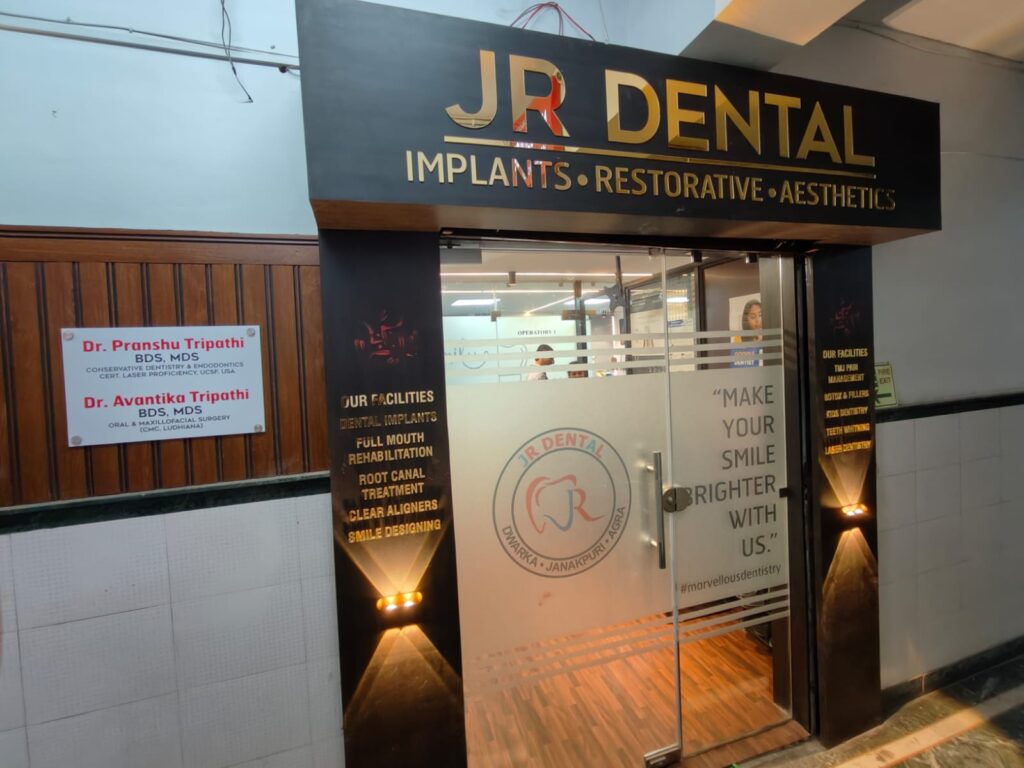JR Dental Service
Root Canal Treatment in Dwarka

What is Root Canal Treatment?
Root canal treatment (RCT) is a dental procedure aimed at saving a severely damaged or infected tooth by removing the infected pulp (the soft tissue inside the tooth) and cleaning, disinfecting, and sealing the root canals. The procedure is necessary when the pulp becomes infected due to deep decay, a crack, or trauma. Without treatment, the infection can spread, leading to abscess formation, severe pain, or even tooth loss. Root canal treatment helps preserve the tooth, preventing the need for extraction while relieving pain and restoring the tooth’s function.
How Does Root Canal Treatment Work?
Root canal treatment involves several steps designed to remove infection and restore the tooth to its normal function. The process begins with the dentist numbing the affected tooth and surrounding area using a local anesthetic. Then, an opening is made in the tooth to access the pulp chamber. The infected or damaged pulp is removed, and the canals are thoroughly cleaned and shaped using specialized tools. Once the canals are cleaned, they are filled with a biocompatible material to prevent further infection. Finally, the tooth is sealed, and a crown is often placed over the tooth to protect it from further damage and restore its strength. The entire procedure typically takes one or two visits, depending on the complexity of the case.
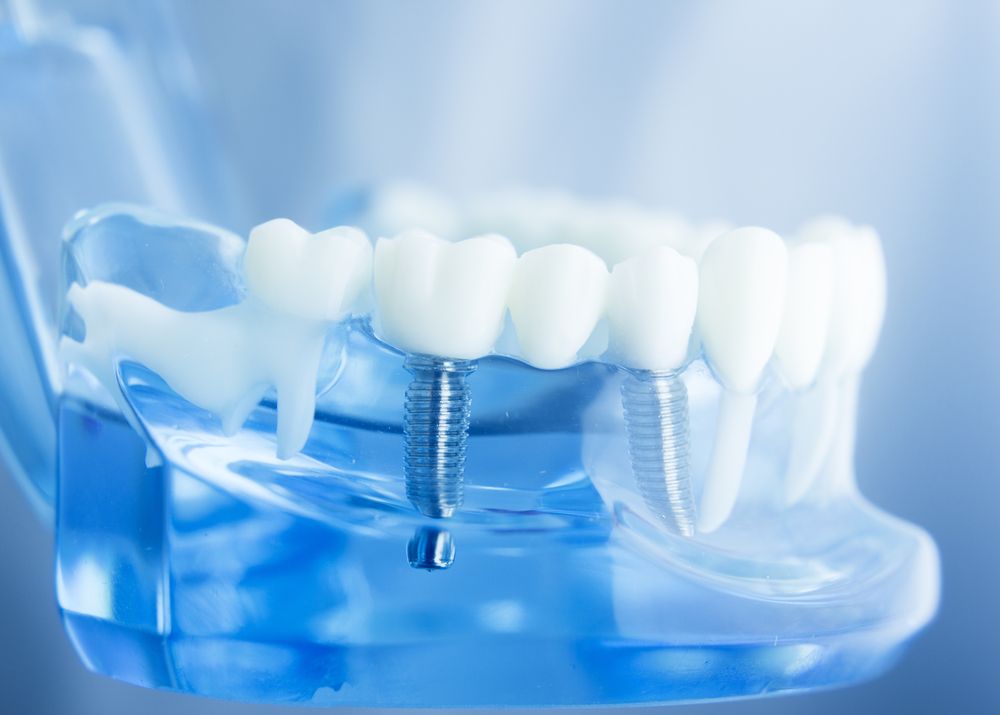
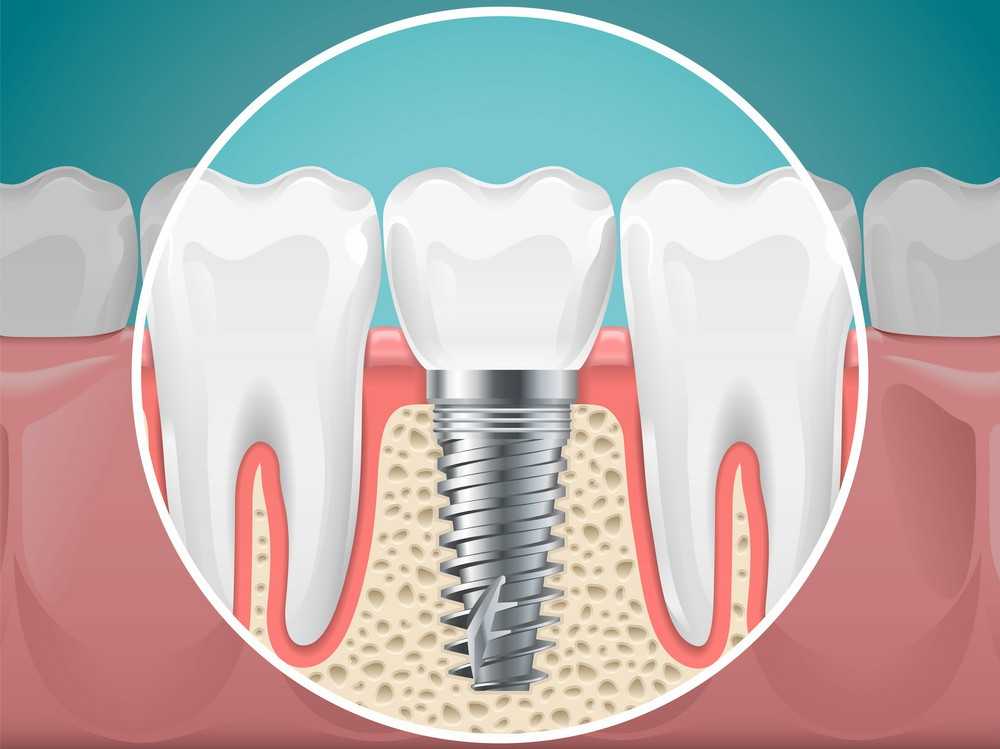
Benefits of Root Canal Treatment
The primary benefit of root canal treatment is the preservation of the natural tooth, which is vital for maintaining proper bite function and preventing shifting of surrounding teeth. Other benefits include: Pain Relief: RCT effectively relieves the severe tooth pain caused by infection or inflammation in the pulp. Preventing Extraction: Root canal treatment allows patients to save their natural tooth, avoiding the need for extraction and subsequent replacement options like implants or bridges. Preservation of Function: By removing infection and sealing the tooth, root canal treatment helps restore full function, allowing patients to eat, speak, and smile without discomfort. Long-Term Durability: With proper care, a tooth that has undergone a root canal can last for many years, providing long-lasting results and maintaining oral health.
Procedure for Root Canal Treatment
Root canal treatment is typically performed over one or two appointments. During the first appointment, the dentist begins by numbing the area and accessing the infected pulp. The pulp tissue is carefully removed from the root canals, and the canals are cleaned and shaped to eliminate bacteria and debris. After cleaning, the dentist fills the canals with a rubber-like material called gutta-percha, which seals the canals and prevents reinfection. The tooth is then temporarily sealed, and a follow-up visit is scheduled. During the second visit, the dentist places a permanent filling or crown to protect the tooth from further damage. The entire process may take anywhere from 60 to 90 minutes, depending on the complexity of the infection and the number of canals.
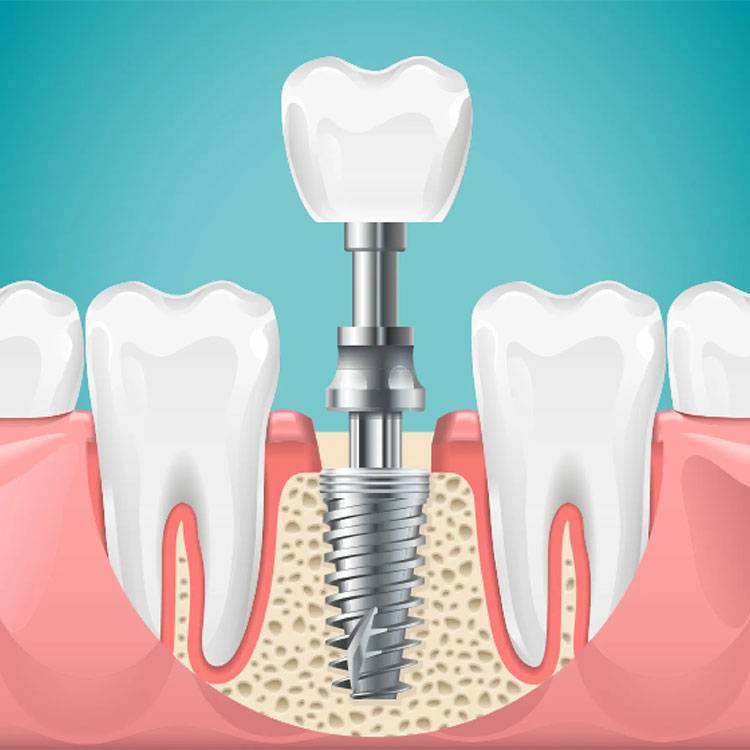
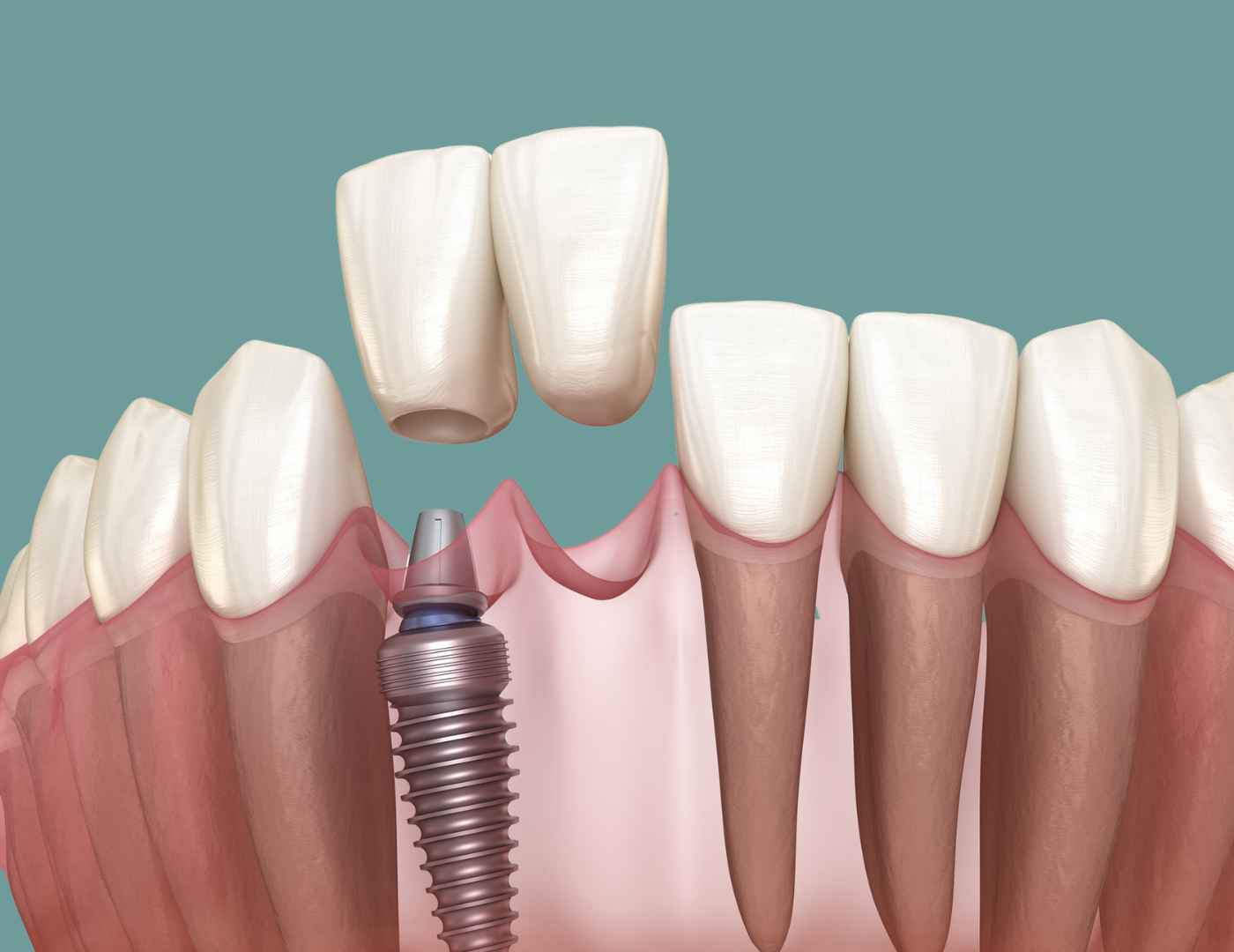
Ideal Candidates for Root Canal Treatment
Ideal candidates for root canal treatment are individuals with infected or severely damaged teeth. Common signs that a tooth may need a root canal include: Persistent tooth pain, especially when chewing or touching the tooth. Sensitivity to hot or cold temperatures that lingers after the stimulus is removed. Swelling or tenderness in the gums near the affected tooth. Darkening of the tooth. Root canal treatment is an excellent option for those who wish to preserve their natural tooth rather than opting for an extraction. It is particularly beneficial for individuals who experience pain or infection in the pulp but do not have significant damage to the surrounding bone or tissues.
Risks of Root Canal Treatment
While root canal treatment is generally safe and effective, there are some risks and potential complications to be aware of. These may include: Reinfection: If the root canal is not properly cleaned or sealed, bacteria may reinfect the tooth, necessitating retreatment. Tooth Fracture: After a root canal, the tooth may become more brittle and susceptible to cracking, particularly if it is not adequately protected with a crown. Post-Treatment Pain: Some discomfort or mild pain can occur after the procedure as the tissues around the tooth heal. This usually resolves within a few days. Complex Cases: In rare cases, the tooth may have multiple canals that are difficult to clean, or the infection may be too extensive for a successful root canal, requiring extraction instead.

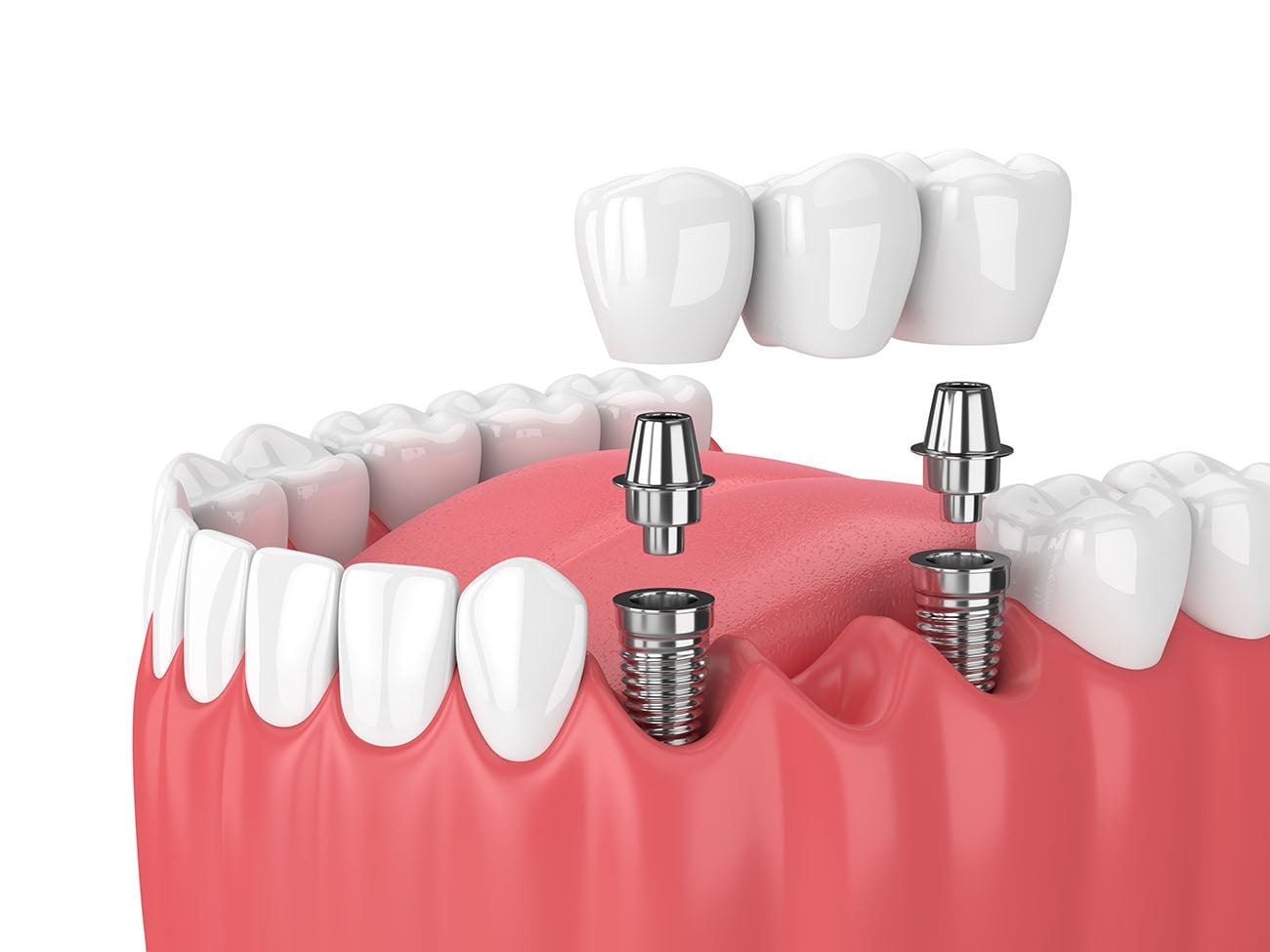
Success Rate of Root Canal Treatment
Root canal treatment has a high success rate, with over 90% of cases resulting in successful outcomes. The success of the procedure depends on factors such as the extent of infection, the experience of the dentist, and the proper aftercare. A well-performed root canal can allow the tooth to function for many years, sometimes even a lifetime. However, the success rate may be lower if the infection is extensive or if the tooth is not adequately restored with a crown following the procedure. Regular dental checkups are essential to monitor the health of the treated tooth and ensure its continued success.
FAQS
Does root canal treatment hurt?
Root canal treatment is performed under local anesthesia, so patients typically feel no pain during the procedure. After the procedure, there may be some mild discomfort or sensitivity, but this can usually be managed with over-the-counter pain medications. Most patients find that the pain relief following the treatment is significant.
How long does it take to recover from root canal treatment?
Recovery after root canal treatment is usually quick. Most patients experience only mild discomfort for a few days after the procedure. Normal activities can typically be resumed immediately, but it’s advised to avoid chewing on the treated tooth until a crown or permanent restoration is placed.
Is a root canal the only option for treating an infected tooth?
Root canal treatment is the preferred option for treating an infected tooth because it allows you to save the tooth. However, if the infection is too severe or if the tooth cannot be restored, extraction may be necessary. In some cases, alternatives like antibiotics or an extraction followed by an implant may be considered.

